On the 30th April 2021, whilst I was using the special Royal Australian Air Force (RAAF) callsign of VI100AF, I made contact with Mike G0WKH on the 20m band.
Mike followed up with a very interesting email to me which reads as follows:-
Hi Paul,
I was pleased to make contact with you today. I thought you might be interested to know that my family played host to a number of servicemen during WW2. We had a large house as there were 13 in the family of 3 generations. There was a mobile extra population of service men from all the Services and those with large houses were compelled by The War Department to make room for them. In some cases the whole property was requisitioned. Amongst 3 men who were billeted with us when the Australian 461 Squadron of Sunderland Flying Boats came to Poole was one Louis (Doc) Watson. He was flying as an airgunner on anti submarine patrols in the Channel and the Bay of Biscay. He was well liked by my family. I was 11 at the time and I think he was glad to talk to and play with me. The squadron eventually moved to Pembroke on the coast of Wales and we lost touch with him as,indeed, we did with practically all our’Guests’. Some years ago some enterprising people in Poole set up a club called the Friends of the Poole Flying Boats. They have extensive archives on activity covering these aircraft both civil and military. At a meeting some years ago I gave their Secretary a lot of info. From memory about our contacts which included Doc. She subsequently came back to me with the sad news that he had been shot down and killed on a patrol over the Bay of Biscay. His plane was attacked by 6 Junkers88 and there were no survivors. Included in the material she gave me was the fact that his home was in the Mile End area of Adelaide. I believe there might be some sort of Memorial to Aussies in Thebarton. A long story but it seemed to be appropriate!
Best regards
Mike G0wkh.
As a result of Mike’s email I decided to do a little research on Louis ‘Doc’ Watson.
My first stop was the website of the Friends of the Poole Flying Boats.
Louis Stanley Watson was born on the 12th day of February 1918 at Adelaide, South Australia. His parents being William Henry Watson (1881-1954) and Mabel Wilhelmina Watson nee Rogers (1880-1964).
At the age of 22, he enlisted with the Royal Australian Air Force at Adelaide on the 21st day of May 1940. His locality on enlistment was recorded as Mile End, South Australia. His next of kin was recorded as his father William Watson.
Louis attained the rank of Sergeant in the RAAF, with his service number being 26588. He served with 461 Squadron.
The No. 461 Squadron of the Royal Australian Air Force (RAAF) was a maritime patrol squadron during the Second World War, which operated under Royal Air Force control. The Squadron was formed on the 25th day of April 1942 and was disbanded on the 20th day of June 1945, following the end of the war in Europe. The role of 461 Squadron was to protect convoys and deter submarine attacks. They flew over miles of the Atlantic to hunt and destroy U boats, the German submarines. Personnel were drawn from many countries of the British Empire, although the majority were Australians.
The Squadron were originally based at Mount Batten and then located to Hamworthy. In 1943 the Squadron was relocated to Pembroke Dock in Wales.
The Squadron consisted of Sunderland flying boats. The Sunderland was a slow flying aircraft and often came under attack by enemy German fighters. As a result, ground crew modified the Sunderlands with twin gun nose turrets and galley mounted machine guns. As a result, the aircraft became known as the ‘Flying Hedgehogs’.
Throughout the war, the Squadron was credited with destroying a total of six German U-boats, and operated mainly in the Bay of Biscay and Atlantic. RAAF 461 Squadron lost a total of twenty (20) Sunderlands to enemy action and accidents. A total of 86 Squadron members were killed on operations, including 64 Australians.
At about 12.55 p.m on Wednesday the 2nd day of June 1943, a Short Sunderland GR3, serial number EJ134, with its famous callsign of “N for Nuts” took off from the Royal Air Force Base Pembroke Dock, under the command of the Captain of the aircraft Flight Lt. Colin Braidwood Walker. The flight was described as ‘a normal A/S (anti submarine) patrol in the Bay of Biscay.’ Sergeant Louis Stanley Watson was the Rigger aboard the aircraft.
Their mission that day included to look for a civilian aircraft, a DC-3 Dakota which had failed to arrive in Bristol and was suspected to have been shot down by the Luftwaffe. Aboard the aircraft was the British actor, Leslie Howard.
The crew did not locate any sign of the missing Dakota. At about 6.45 p.m. EJ134 was patrolling over the Bay of Biscay at a height of 2,000 feet in are area known as ‘Tiger country’. It earnt this name due to the number of lone aircraft which had been shot down by German fighters in the area. It was at this time that eight JU 88 German aircraft rapidly closed in on the aircraft and the Sunderland came under attack.
The Junkers Ju 88 was a German WW2 Luftwaffe twin engined multi-role combat aircraft.
In what followed, the crew of EJ134 won their places in aviation history. In a prolonged attack by the Luftwaffe, the Sunderland lost one engine and its tail turret. Despite this, EJ134 managed to shoot down three of the eight German fighters. Of the remaining five JU 88’s which were damaged by EJ134, only two returned to Bordeaux in France. The remaining three JU 88’s are presumed to have crashed into the sea.
During the firefight, Sergeant Louis Stanley Watson was in the nose turret of the aircraft.
A number of the crew sustained injuries, while Edward Charles Ernest ‘Ted’ Miles, the First Flight Engineer, aged just 27 years, was killed.
The severely damaged Sunderland EJ134, with about 500 holes, most of the bridge destroyed with all radio and some flying instruments destroyed, made the 350 mile journey back to Cornwall. It did not make it to Pembroke Dock, and made a forced landing in the shallows on the shores of Cornwall, at Praa Sands.
Sir Charles Portal, Chief of Air Staff sent the following to the crew:
“I have just read the account of the flight by Sunderland N/461 against 8 JU88 on 2nd June. I should like Flight Lieutenant Walker and the surviving members of his gallant crew to be told of the admiration and pride I felt on reading the details of this epic battle which will go down in history as one of the finest instances in this war, of the triumph of coolness, skill and determination against overwhelming odds. I am sure that not only the heavy losses inflicted on the German fighters but above all the spirit and straight shooting of the crew will have made a profound impression on the morale of the enemy in the Bay of Biscay and will thus greatly assist in the war on the U Boats. From Sir Charles Portal, Chief of Air Staff.”
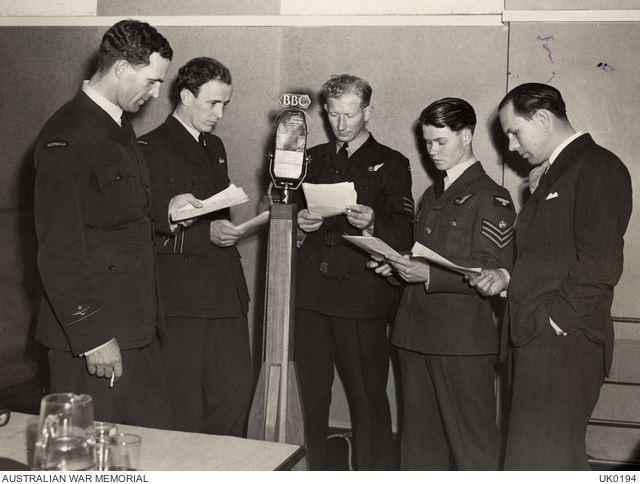
Many of the crew of EJ134 were all back to operational flying from the 8th July 1943 and completed a further 4 operational flights together. In August 1943 they shared in the sinking of U-106 with a 228 Squadron Sunderland. However Sergeant Watson was not to be so lucky during August of 1943.
At 7.08 a.m. on Friday the 13th day of August 1943, a Short Sunderland Mk III, serial number DV968, took off from the Royal Air Force Base Pembroke Dock for an anti-submarine patrol over the Bay of Biscay in the Atlantic Ocean.
Nothing was heard from the aircraft until 2.47 p.m. when a signal was received which stated that the aircraft was being attacked by six JU 88’s.
It is suspected that the Sunderland was shot down by one of the JU 88’s and crashed into the Bay of Biscay. Louis’s aircraft was later claimed by Lt. Artur Schroeder of 13/KG 40. Kampfgeschwader 40 (KG40) was a Luftwaffe medium and heavy bomber wing and the primary maritime patrol.
The following day, Sunderland JM683 patrolled the area where it was suspected the aircraft was shot down, however no dinghies or survivors were located.
An extract from Herrington; J (John) book entitiled ‘Air War Against Germany and Italy 1939-1943, read as follows:-
“Flying Officer Dowling of No. 461, leading the gallant crew which under Flight Lieutenant Colin Braidwood Walker (404610) had won the heroic struggle against eight Ju-88’s on 2nd June, failed to return from patrol on 13th August after reporting enemy fighters approaching his Sunderland.”
The crew members of DV968 were:
- Flying Officer Wilbur James Dowling (400788) (Pilot)
- Flight Sergeant Alfred Eric Fuller (576061) (RAF) (Wireless Air Gunner)
- Flying Officer David Taylor Galt DFC (400976) (First Pilot)
- Warrant Officer Ray Marston Goode DFM (407499) (Air Gunner)
- Flying Officer James Charles Grainger (400411) (Second Pilot)
- Flight Sergeant Albert Lane (414701) (Wireless Air Gunner)
- Flight Sergeant Charles Douglas Les Longson (415338) (Wireless Air Gunner)
- Warrant Officer Harold Arthur Miller (405083) (Wireless Air Gunner)
- Flight Lieutenant Kenneth McDonald Simpson DFC (403778) (Observer)
- Flight Sergeant Phillip Kelvin Turner (26697) (Flight Engineer)
- Sergeant Louis Stanley Watson (26588) (Flight Mechanic / Air Gunner)
Not flying that day in DV968 were James Collier Amiss and Colin Braidwood Walker who were aboard EJ134 during the 2nd June incident.
Louis was just 25 years old. His body was never recovered.
Louis is remembered at the Runnymede Memorial, Surrey, England. He is also remembered at various other locations including the Australian War Memorial in Canberra, and the National War Memorial of South Australia in North Terrace, Adelaide.
References.
ancestry.com, 2021, <https://www.ancestry.com.au/>, viewed 31st May 2021
Air Crew Remembered, 2021, <http://aircrewremembered.com/>, viewed 1st June 2021.
Australian Government, 2021, <https://nominal-rolls.dva.gov.au/veteran?id=876708&c=WW2>, viewed 31st May 2021.
Australian War Memorial, 2021, <https://www.awm.gov.au/collection/C251485>, viewed 1st June 2021.
Australian War Memorial, 2021, <https://www.awm.gov.au/collection/C147771>, viewed 1st June 2021.
Commonwealth War Graves Commission, 2021, <https://www.cwgc.org/>, viewed 31st May 2021.
Highgate RSL, 2021, <https://highgate-rsl.org.au/afcraaf-roll/watson-louis-stanley-26588/>, viewed 31st May 2021.
Knifton; John, 2021, <https://johnknifton.com/tag/leutnant-artur-schroder/>, viewed 1st June 2021.
RAAF Museum Point Cook, 2021, <https://www.airforce.gov.au/sites/default/files/minisite/static/7522/RAAFmuseum/research/units/461sqn.htm>, viewed 1st June 2021.
RAAFA Aviation Heritage Museum, 2021, <https://aviationmuseumwa.org.au/afcraaf-roll/461sqn-430602-ej134/>, viewed 1st June 2021.
Virtual War Memorial Australia, 2021, <https://vwma.org.au/explore/units/392>, viewed 31st May 2021.
Wikipedia, 2021, <https://en.wikipedia.org/wiki/Junkers_Ju_88>, viewed 31st May 2021.
Wikipedia, 2021, <https://en.wikipedia.org/wiki/Kampfgeschwader_40>, viewed 1st June 2021.

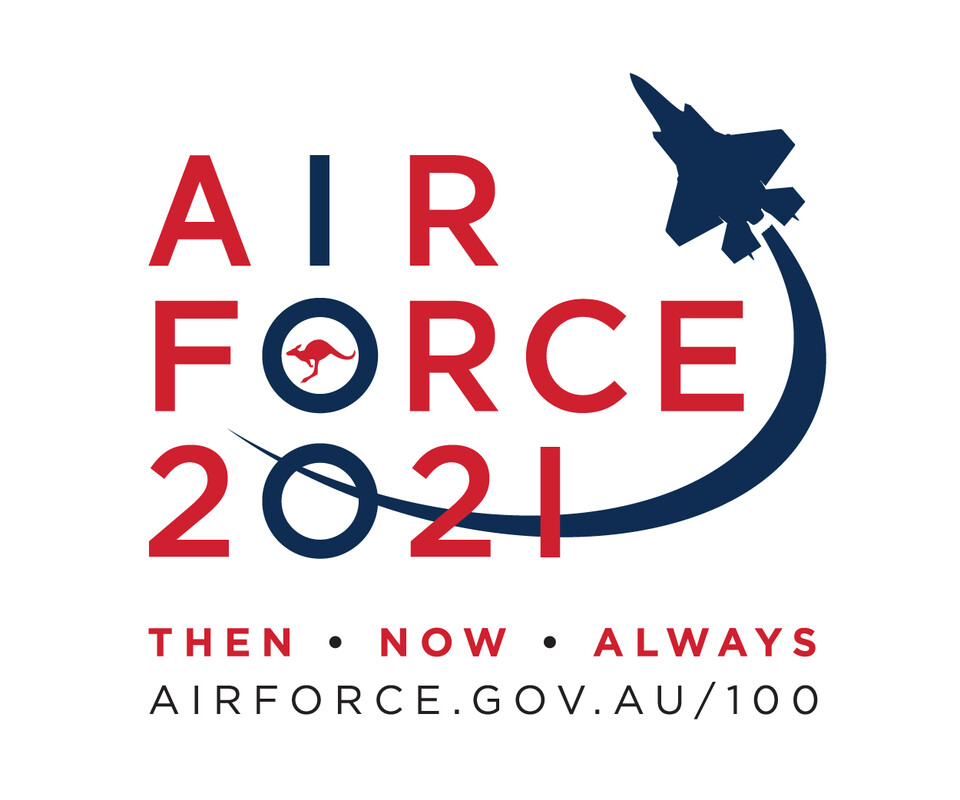
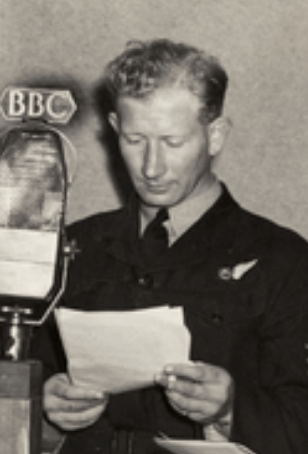
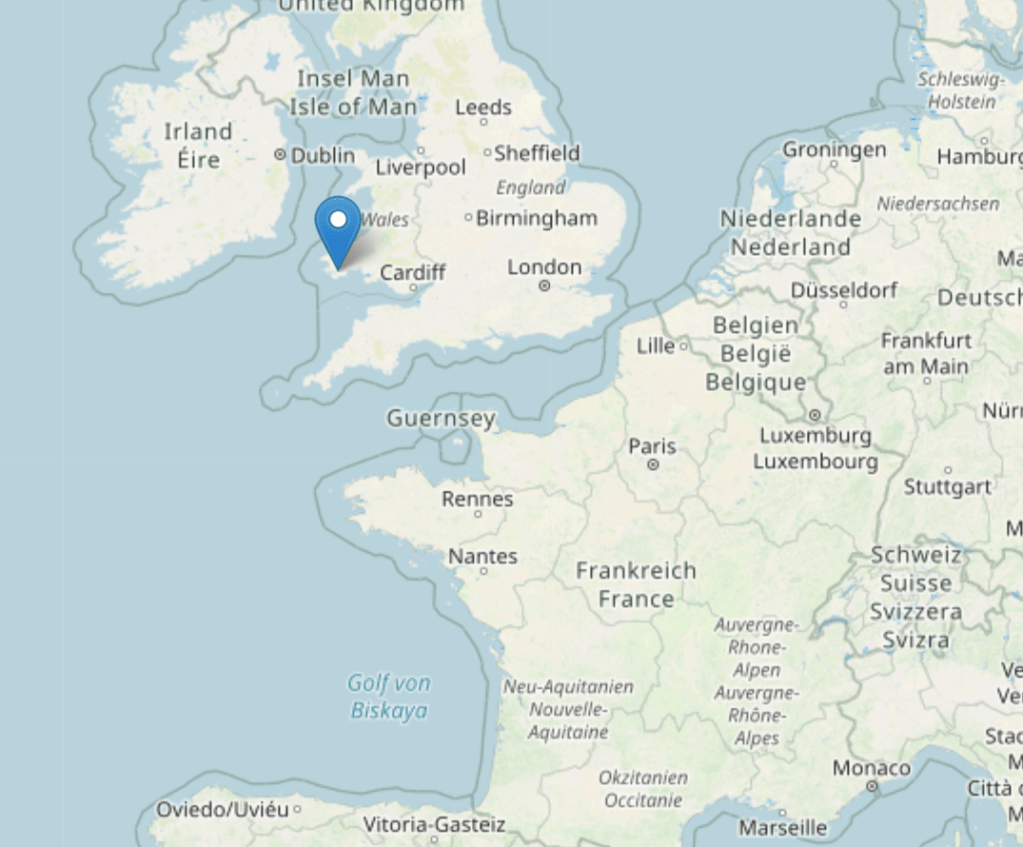


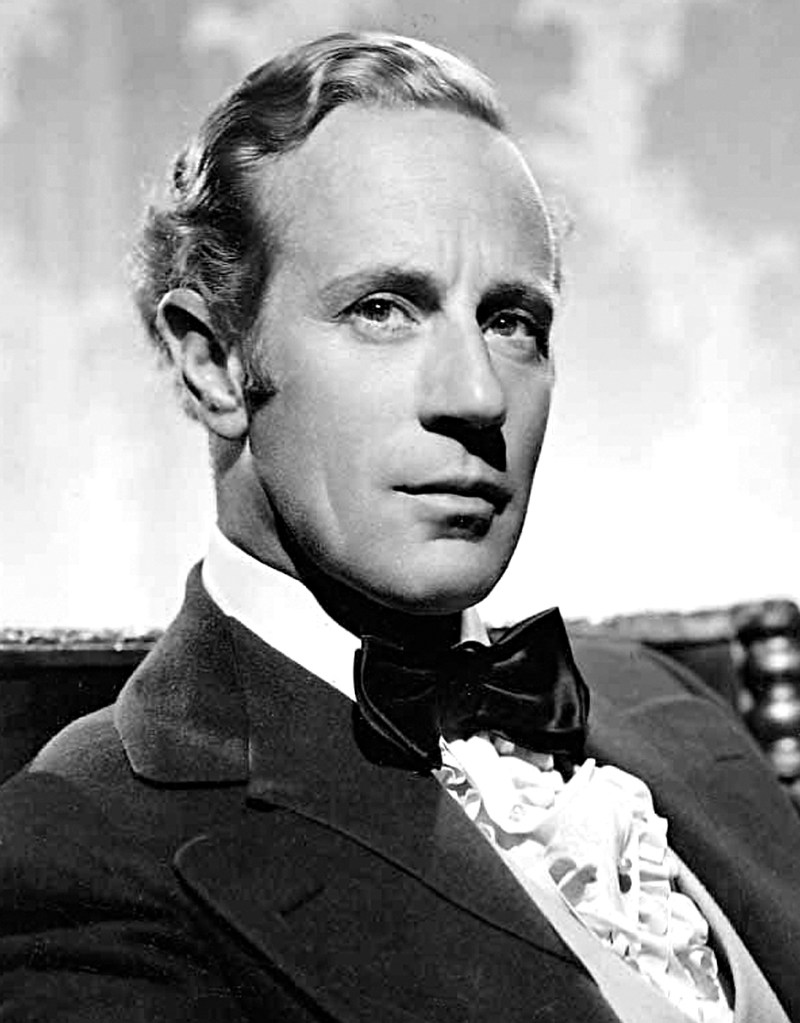
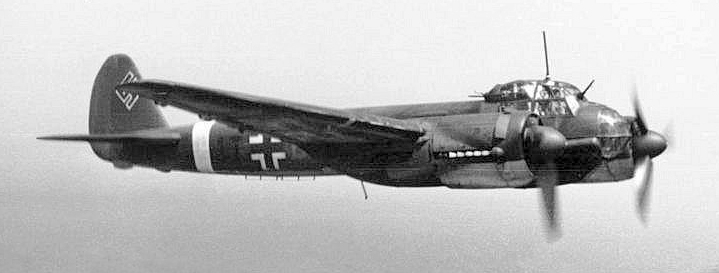
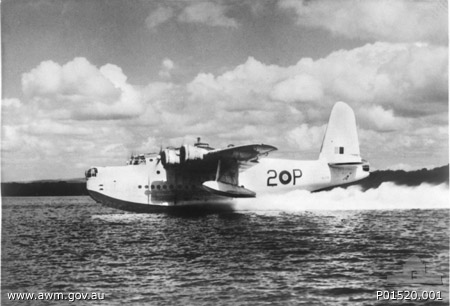
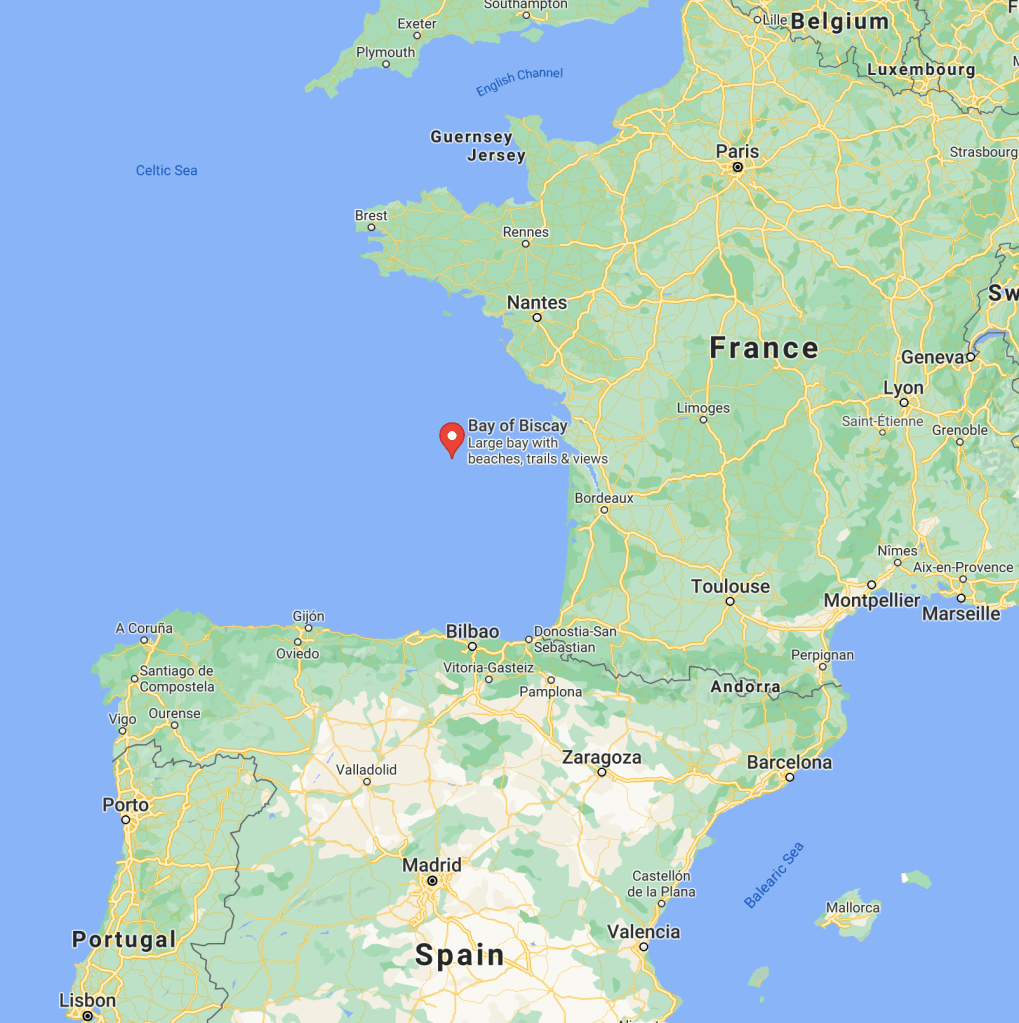

Fantastic post Paul! Cheers Andy 5LA
Sent from my iPad
>
Hi Andy,
Thanks for stopping by and leaving a comment.
Yes it was a very interesting QSO with Mike in the UK, and I found it incredibly interesting to research.
73,
Paul VK5PAS.
Excellent. Thanks for highlighting the story of DV968 and bringing a personal and local touch to it.
Chris
VK5FR
Hi Chris,
Mike was an interesting gentleman to speak to and it was very interesting researching this story.
73,
Paul VK5PAS.